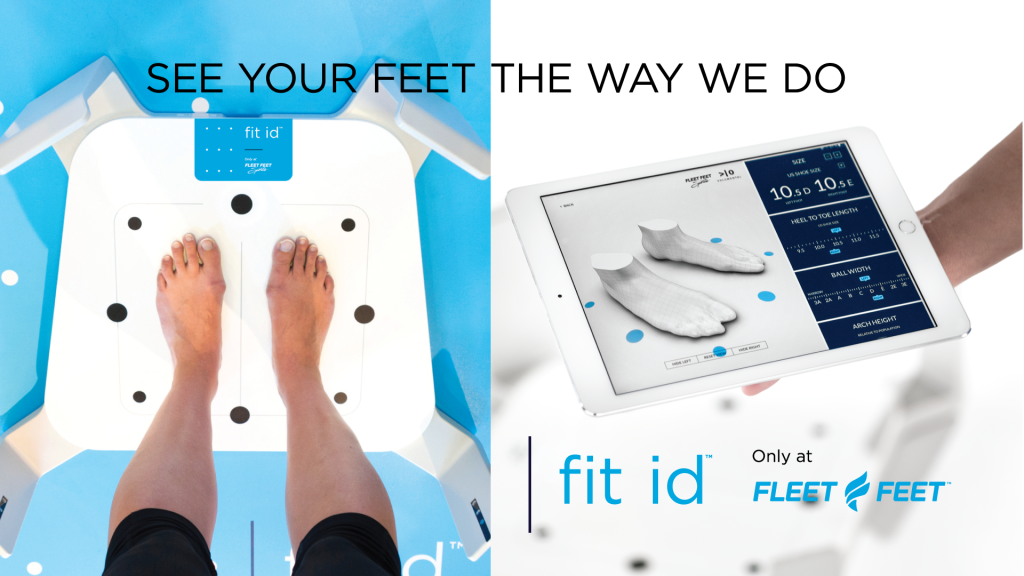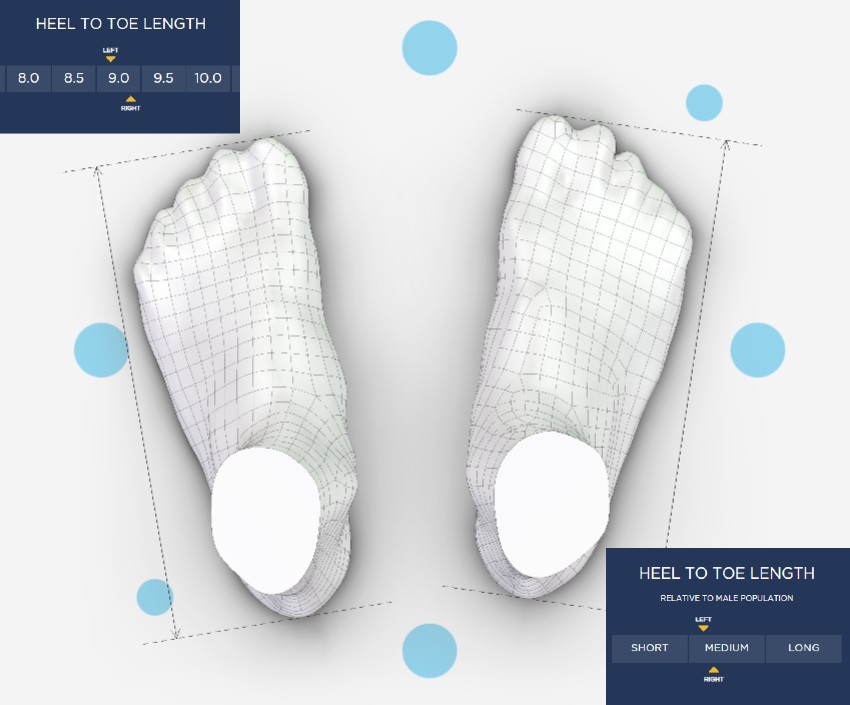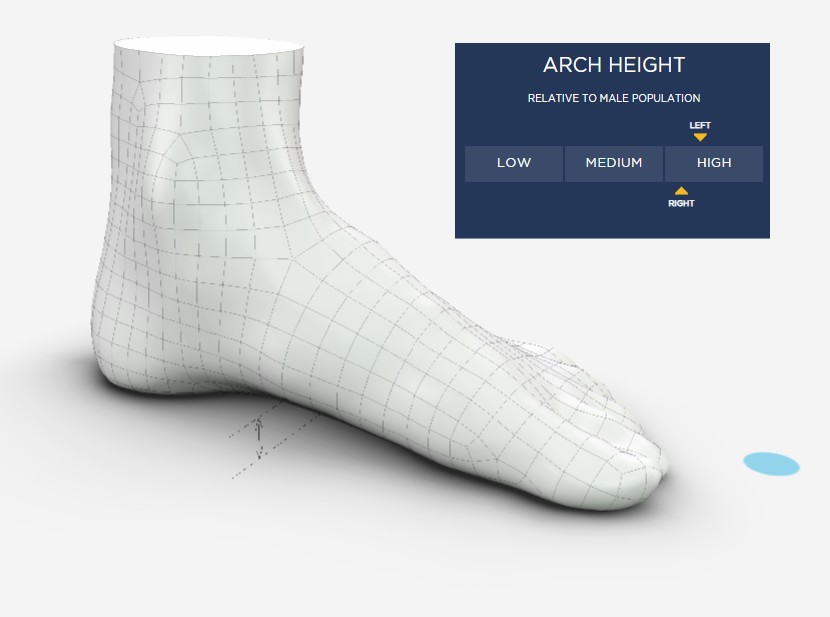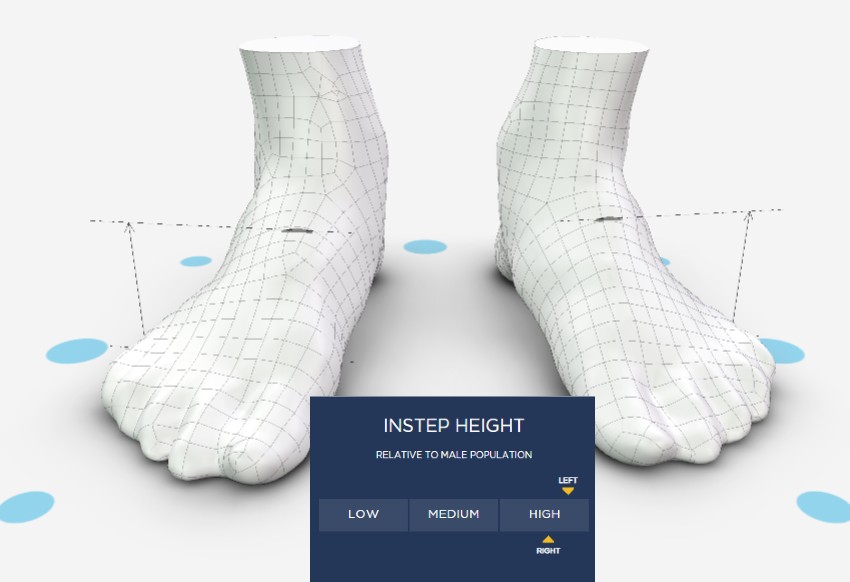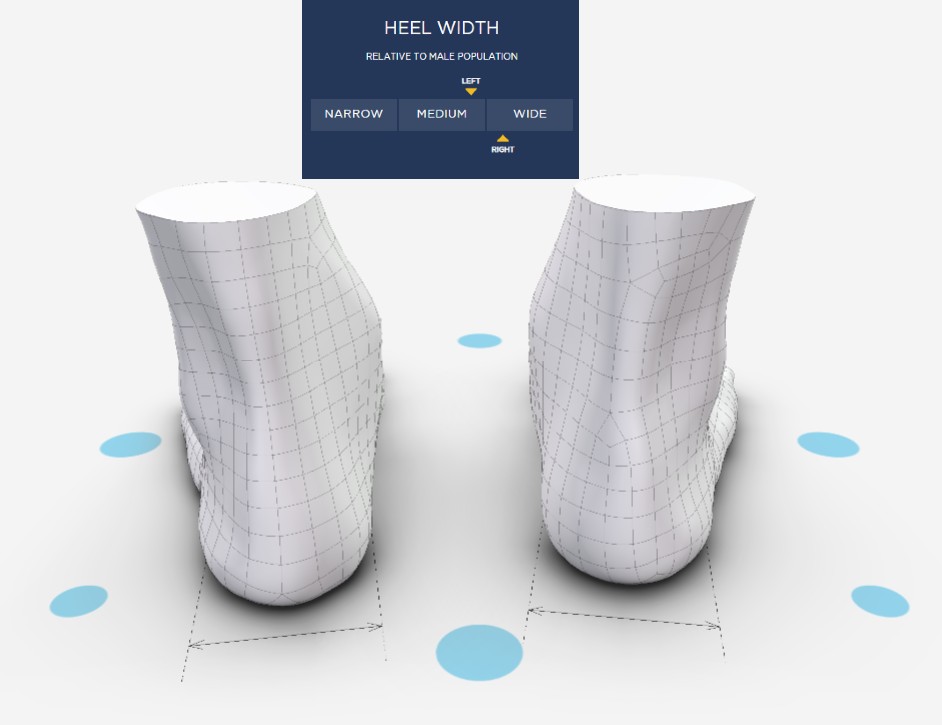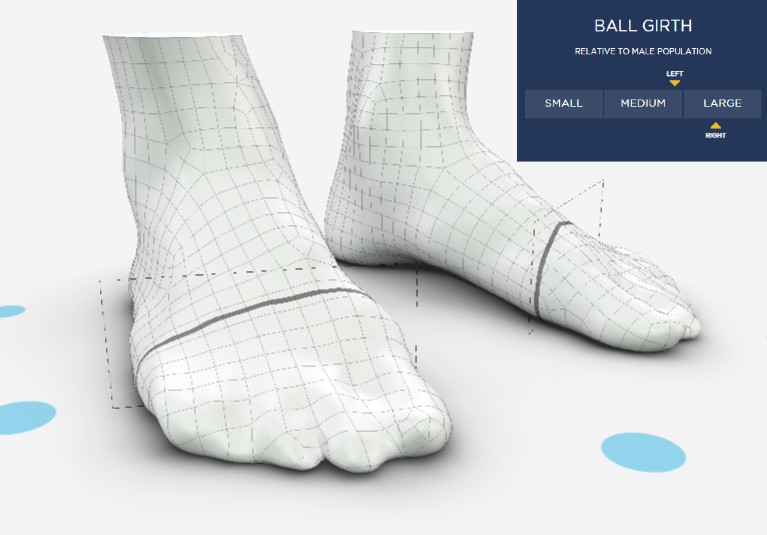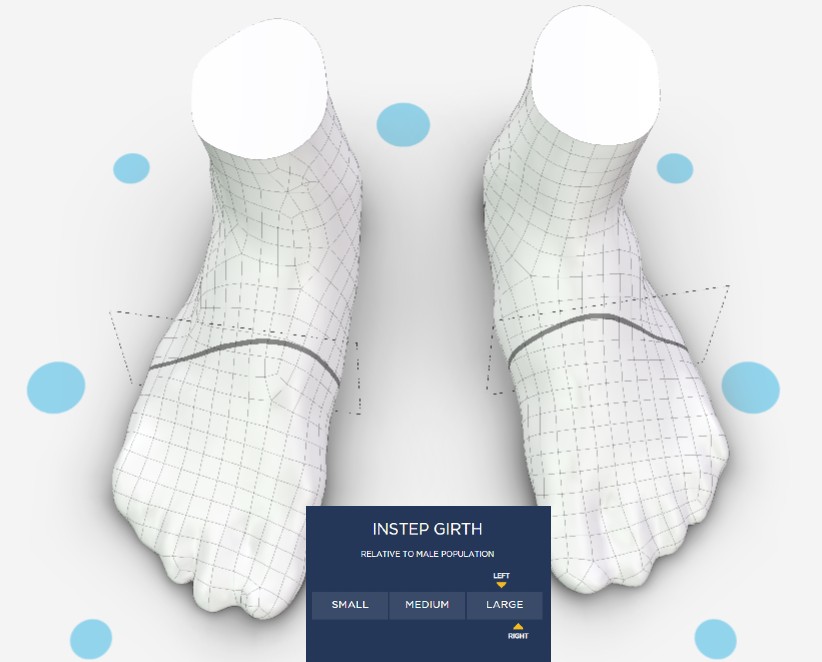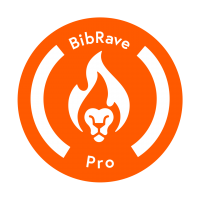My Experience with the Fleet Feet Fit ID Outfitting Process
Posted on Jun 22, 2025 under running | No CommentI recently visited my local Fleet Feet store to try their Fit ID Outfitting Process, and I was genuinely impressed by the level of detail and expertise involved. Not only did I get a 3D scan of my feet, but I also had my pressure distribution and arch flexibility analyzed. I’m excited to share what I learned about my own foot measurements, why they matter for runners, and how the right shoe can make all the difference. This was a slightly different experience compared to the time I visited Road Runner Sports to complete the Shoe Dog Experience.
Understanding Foot Measurements: What They Mean for Runners
Heel to Toe Length
This is the measurement from the back of your heel to the tip of your longest toe. It determines your shoe size and ensures your toes have enough room to move, which is crucial for comfort and injury prevention. Shoes that are too short can cause blisters or black toenails, while shoes that are too long may lead to instability.
Ball Width
Measured across the widest part of your foot (the ball), this determines how snugly the shoe fits around your forefoot. Shoes that are too narrow can cause discomfort and restrict movement, while shoes that are too wide may lead to sliding and blisters. Proper width helps maintain stability and comfort, especially during long runs.
Arch Height
This measures how high the arch of your foot rises from the ground. Arch height affects how your foot absorbs shock and distributes pressure. Low arches (flat feet) may be prone to overpronation and soft tissue injuries, while high arches can lead to increased stiffness and a higher risk of stress fractures or shin splints. The right shoe or insole can provide the necessary support for your specific arch type, reducing injury risk and improving efficiency.
Instep Height
This is the vertical height from the bottom to the top of your foot at the instep. A higher instep may require shoes with a roomier upper to avoid pressure and discomfort, while a lower instep benefits from a snugger fit for better support. Matching instep height helps prevent top-of-foot pain and ensures a secure fit.
Heel Width
The width of your heel determines how well the back of the shoe holds your foot in place. A proper fit prevents your heel from slipping, reducing the risk of blisters and maintaining stability during runs.
Ball Girth
This is the circumference around the ball of your foot, essentially measuring the volume at the widest part. It’s critical for ensuring the shoe accommodates your foot’s shape, especially if you have a wider or higher-volume forefoot. A proper ball girth fit prevents pressure points and allows for natural toe splay.
Instep Girth
The circumference around the highest part of your midfoot. This measurement ensures the shoe’s upper wraps comfortably without being too tight or too loose, which is vital for both comfort and performance during dynamic movement.
Dynamic Analysis: Pressure Distribution & Arch Flexibility
Pressure Distribution
Using a pressure plate, Fleet Feet analyzes how your foot loads during walking or running. This shows where you place the most force, heel, midfoot, or forefoot, and helps identify if you have a neutral gait, overpronation, or supination. Understanding your pressure distribution allows for shoe recommendations that provide targeted cushioning and support, reducing the risk of overuse injuries.
Arch Flexibility
Arch flexibility refers to how much your arch compresses under load. A flexible arch may increase pronation, while a stiff arch may not absorb shock as effectively, shifting more force to your bones and joints. Knowing your arch flexibility helps in selecting shoes or insoles that offer the right balance of support and flexibility, optimizing both injury prevention and running efficiency.
Why These Measurements Matter
The right running shoe is more than just a matter of size. It’s about matching your unique foot shape, pressure patterns, and biomechanics to a shoe that supports your running style. Properly fitted shoes can:
- Prevent blisters, black toenails, and calluses
- Reduce the risk of common running injuries (like plantar fasciitis, runner’s knee, and shin splints)
- Improve comfort, stability, and running efficiency
- Enhance performance by allowing your foot to move naturally and efficiently
My Fleet Feet Experience & Recommendation
What stood out most during my visit was the care and attention of the Fleet Feet employee. He walked me through every measurement, explained what each meant for my running, and answered all my questions. After reviewing my scan and pressure plate results, I decided to purchase a pair of custom insoles, tailored to my unique foot profile. The difference in comfort and support was immediate.
If you’re serious about running, whether you’re a beginner or a seasoned trail runner, I highly recommend visiting your local Fleet Feet store to experience the Fit ID Outfitting Process for yourself. The combination of advanced technology and expert staff ensures you get the best possible fit, helping you run farther, faster, and stay injury-free.
Check out the pressure plate video below! Have you tried a 3D foot scan or gait analysis? Share your experience in the comments!



